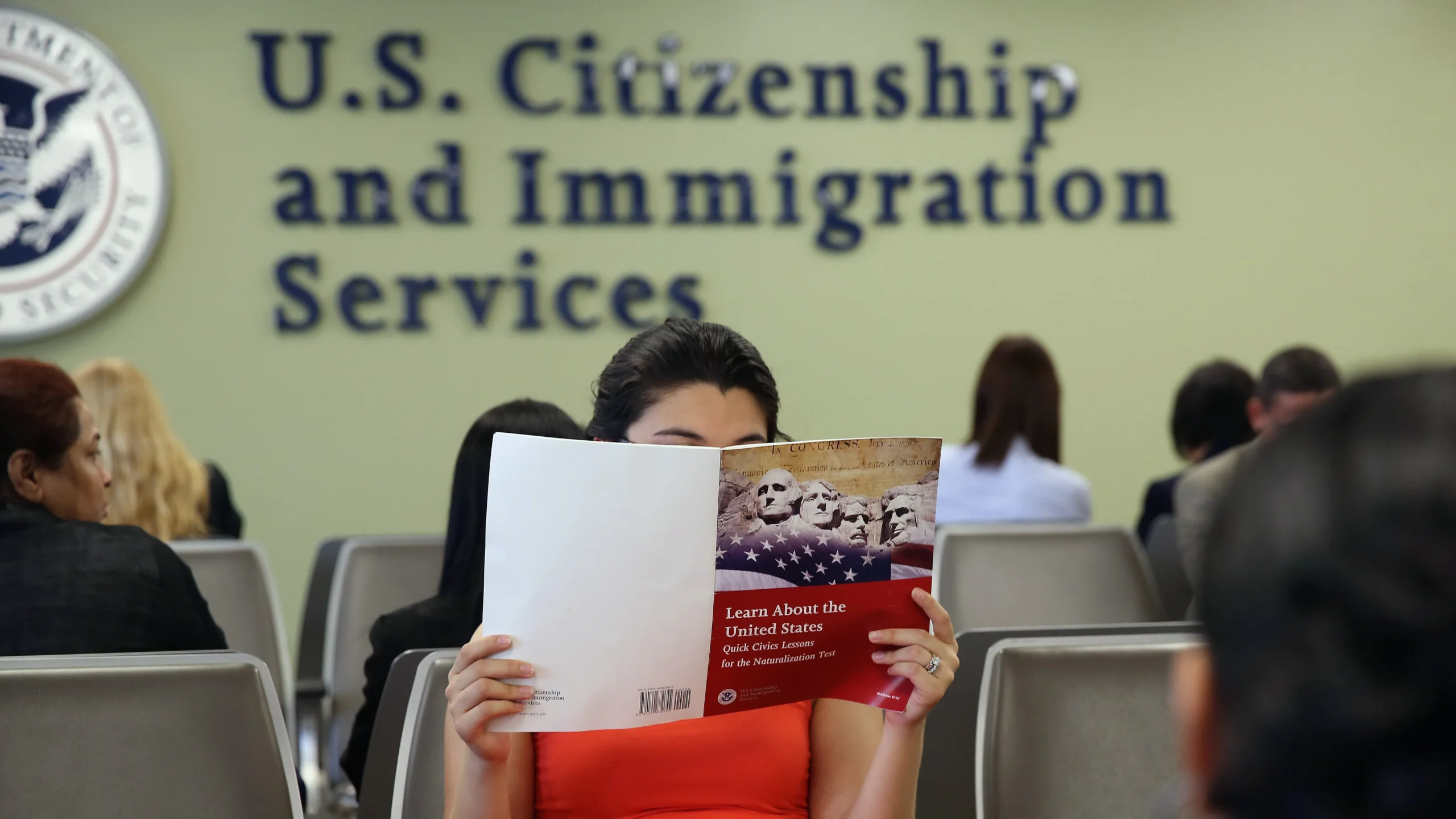Just four states in the US are home to over half of the foreign-born population, and approximately half of these foreign-born individuals are naturalized citizens

A recent report from the U.S. Census Bureau reveals that more than half of the foreign-born population in the United States resides in just four states: California, Texas, Florida, and New York. The foreign-born population, estimated at 46.2 million people in 2022, accounts for nearly 14% of the total U.S. population. Over the past twelve years, most states have witnessed double-digit percentage increases in their foreign-born populations, with California, New Jersey, New York, and Florida having more than 20% of their populations comprised of foreign-born individuals. In contrast, West Virginia has the smallest rate at 1.8%.
The report also highlights changes in the composition of the foreign-born population. While half of the foreign-born residents are from Latin America, there has been a shift in origin countries over the past twelve years. The number of individuals from Mexico has decreased by approximately 1 million, while those from South America and Central America have increased by 2.1 million.
The proportion of the Asian foreign population decreased from over 25% to under 30% during that period, while the African-born population increased from 4% to 6%.
The release of the report coincided with immigration emerging as a major issue in the 2024 presidential race. The Biden administration is facing challenges in managing a significant increase in migrants at the Southwest border. Immigration is shaping the elections, potentially impacting control of Congress, as Democrats seek to outmaneuver Republicans and persuade voters that they can effectively address border issues with Mexico.
The Census Bureau report did not provide estimates on the number of undocumented immigrants in the U.S.
However, the data indicates that more than half of the foreign-born population are naturalized citizens, with European-born and Asian-born individuals having the highest naturalization rates, around two-thirds of their respective populations. About two-thirds of the foreign-born population arrived in the U.S. before 2010.
The foreign-born population has aged over the past twelve years, reflecting some individuals’ long-term residence in the U.S., with the median age increasing by five years to 46.7 years. Additionally, the foreign-born population has become more educated, with the proportion of individuals holding at least a high school degree increasing from over two-thirds to three-quarters from 2010 to 2022.

